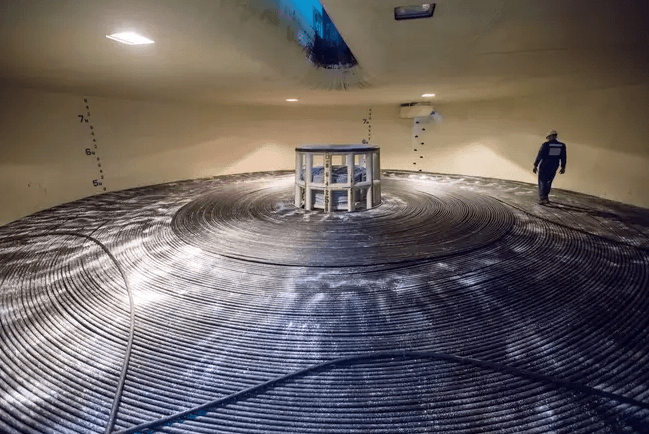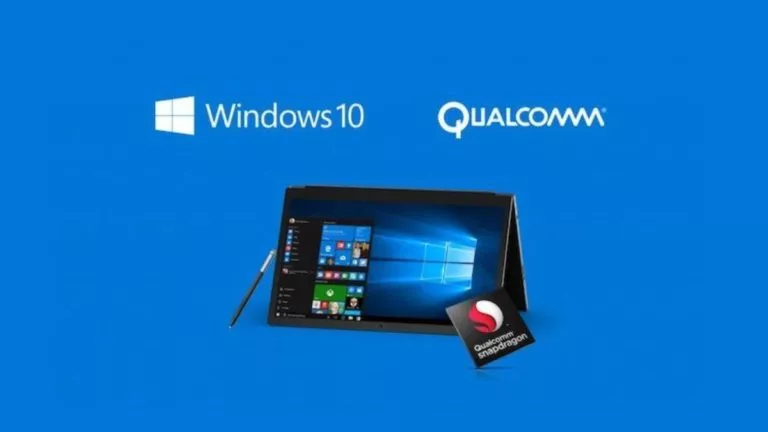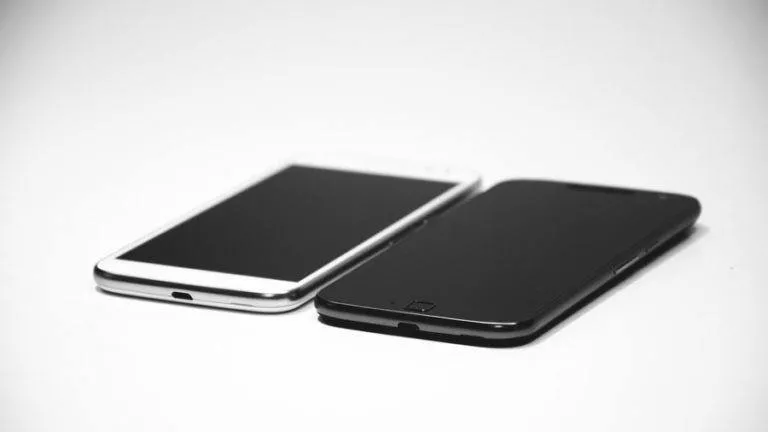Undersea Optical Cable Achieves Data Transfer Record Rate Of 26.2 Tbps

If you think that establishing an inter-continent connection through satellite is the best means, you’re obviously ignoring the prowess of undersea optical cables. The cobweb of wires that you see around you for making internet functional is just a minute part of the ‘network.’ The real backbone of the internet is the network of submarine fiber optic cables that fuels the world’s web traffic flow.
Marea, an undersea optical cable that connects the U.S to Spain, has set a record for sending 26.2 terabits of data per second. Infinera, an industry-leading supplier of intelligent transport network solutions, announced this remarkable feat a few days ago. To bring to perspective about how biiiiiiig of an achievement it is, here are few facts about Marea.
Marea – Owned by Facebook, Microsoft & Telxius
The undersea optical cable Marea is owned by Facebook, Microsoft, and Telxius, a telecommunication infrastructure company owned by Telefonica group. The cable has eight pairs of optical fibers with each strand in a pair transferring data in one direction.
Weight – Equal To 30 Blue Whales
The entire weight of the Marea cable is 10,249,000 pound which is equal to the weight of 30 blue whales. The cable goes deeper than 17,000 feet in the water.
33 millisecond – Time Taken By Photon Of Light To Travel Through Marea
According to Geoff Bennett, the director of solutions and technology at Infinera, the company that has set the world record by transferring data through Marea, it would take 33 milliseconds for a photon of light to travel from the USA to Spain via the cable.
20 Terabits Per Second – Standard Operational Design Capacity of Marea
At 20 Terabits, Marea can stream 793,000 ultra-high-definition movies or 4 million HD movies at once. 20 Terabits is same as 2500 Gigabytes and 1 Gigabyte equal to 1 billion bytes.
26.2 Terabits Per Second – New Record Of Data Transfer Rate
Infinera has achieved the record data transfer rate of 26.2 Terabits per second with Marea which is 20% more than the standard operational design capacity of it.
To achieve this astonishing feat, Infinera deployed “multiple wavelengths on a single optical chip” to “squeeze the individual wavelengths closer together and get more wavelengths on the fiber.”
Explaining how the company made it possible, Bennett says, “each wavelength is transmitted as a set of subcarriers that also allows tighter spacing.”
TLDR: they crammed more data in the cable to set a record in the data transfer rate.
Putting aside how they made it possible, the fact that how fast data transfer rate can be is the most astonishing thing. After all, it’s not every day that you come across such cool news.
Also Read: NSA Open Sources Ghidra For Linux, Windows, Mac — A Powerful Reverse Engineering Tool






